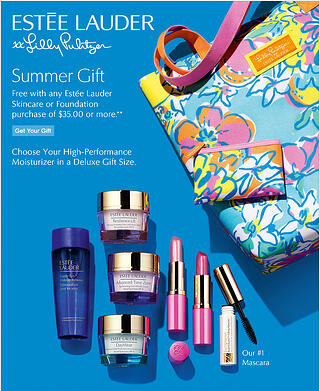7 Brands That Changed the Face of Beauty Marketing
Modern beauty industry marketing strategies were established by women and men from modest and lowly backgrounds. They were door-to-door sales people, wig makers, and chemists who grew their empires during a period of changing attitudes on beauty and women's role in public but not skilled marketers.
Download our Marketing Agency Growth Report to learn how experts use successful advertising strategies to grow their agency business
In "Hope in a Jar: The Making of America's Beauty Culture," Kathy Peiss writes:
The beauty trade they developed did not depend upon advertising as its impetus. Rather, it capitalized on patterns of women's social life -- their old customs of visiting, conversation, and religious observance, as well as their new presence in shops, clubs, and theaters.
In the history of marketing beauty products, the women who built the industry created the once non-existent consumer market for beauty products by combining products and services in salons, creating a culture of social events, and through job creation for women -- who were also the consumers of the products.
Because they challenged the idea that the pursuit of beauty was immoral, they were forced to create new forms of direct sales (the pyramid organization) and beauty marketing tactics. The normal distribution methods were unavailable.
Many of these tactics are still the dominant form of marketing in the beauty industry. For others in this list, they changed the way beauty products are positioned. It's worth a look back to see how seven major brands redefined how we sell and advertise the pursuit of beauty.
The Draw of a Gift | Estée Lauder
Estée Lauder grew up in Queens; her family lived above her father's hardware store. She found her way into the beauty world by becoming an apprentice to her uncle, John Schotz, a chemist who mixed cold creams and other concoctions.
With her sales acumen from years of demonstrations, Lauder launched her own company in 1947. She wanted to capitalize on the increasing acceptance of mass market advertising in the cosmetics industry. So she scraped together every cent she had and approached BBDO to create a cosmetic campaign. The agency turned Lauder away, so she turned to direct mail.
Lauder sent personal letters that promised a free gift to any woman who made a purchase. It was the introduction of the gift with purchase or "bonus time" promotion -- a practice used by most beauty brands today.

The Medical Approach | Clinique
Founded by Estée Lauder in 1968, Clinique was the company's answer to growing concerns women had about the chemicals and additives in beauty products. It was -- and still many of its products are -- fragrance free and hypoallergenic (though what these claims really mean are debatable). The genius marketing ploy though was about more than its product ingredients.
Makeup and beauty products could no longer make unfounded scientific claims. The industry was becoming more and more regulated. But there was nothing stopping the brand from alluding to science. Clinique employees, who wear white medical jackets, are known as consultants. Its product packaging uses a green color -- reminiscent of medical scrubs. And Irving Penn, a famous fashion photographer, created the brand's iconic visual style of advertising the cosmetic product, not fresh-faced models. The branded likened skin care to brushing your teeth, a position that made it the choice for women who care about the health of their skin, not how they cover it up with products and makeup.
Comments
Post a Comment